Want to enjoy a good game of darts but dread the thought of drilling holes in your wall? You’re in luck! Setting up a **dartboard without drilling** is entirely possible. This article will explore various methods to hang your dartboard safely and securely, while also covering essential information about dartboard setups, game rules, and more.
⚠️ Still Using Pen & Paper (or a Chalkboard)?! ⚠️
Step into the future! The Dart Counter App handles all the scoring, suggests checkouts, and tracks your stats automatically. It's easier than you think!
Try the Smart Dart Counter App FREE!Ready for an upgrade? Click above!
Exploring Methods for Hanging a Dartboard Without Drilling
The fear of damaging walls is a common concern for many dart enthusiasts. Fortunately, several ingenious solutions allow you to enjoy the game without resorting to drilling. Let’s delve into some of the most effective alternatives.
- Dartboard Stands: These are perhaps the most popular and reliable solution. Dartboard stands are portable and can be placed anywhere in your home. They offer stability and are easy to set up.
- Telescopic Poles: Similar to shower curtain rods, these poles use tension to stay in place between the floor and ceiling. A dartboard can then be mounted to the pole. Ensure the pole is sturdy enough to handle the weight and impact of darts.
- Door Hanging Brackets: Designed specifically for doors, these brackets allow you to hang a dartboard on the back of a door. These are especially ideal if you are looking to set up a dartboard for door.
- Adhesive Mounting Systems: While riskier, heavy-duty adhesive strips or pads can be used. However, proceed with extreme caution, as the weight of a dartboard and the impact of darts can cause them to fail. Thoroughly clean the surface and follow the manufacturer’s instructions precisely.
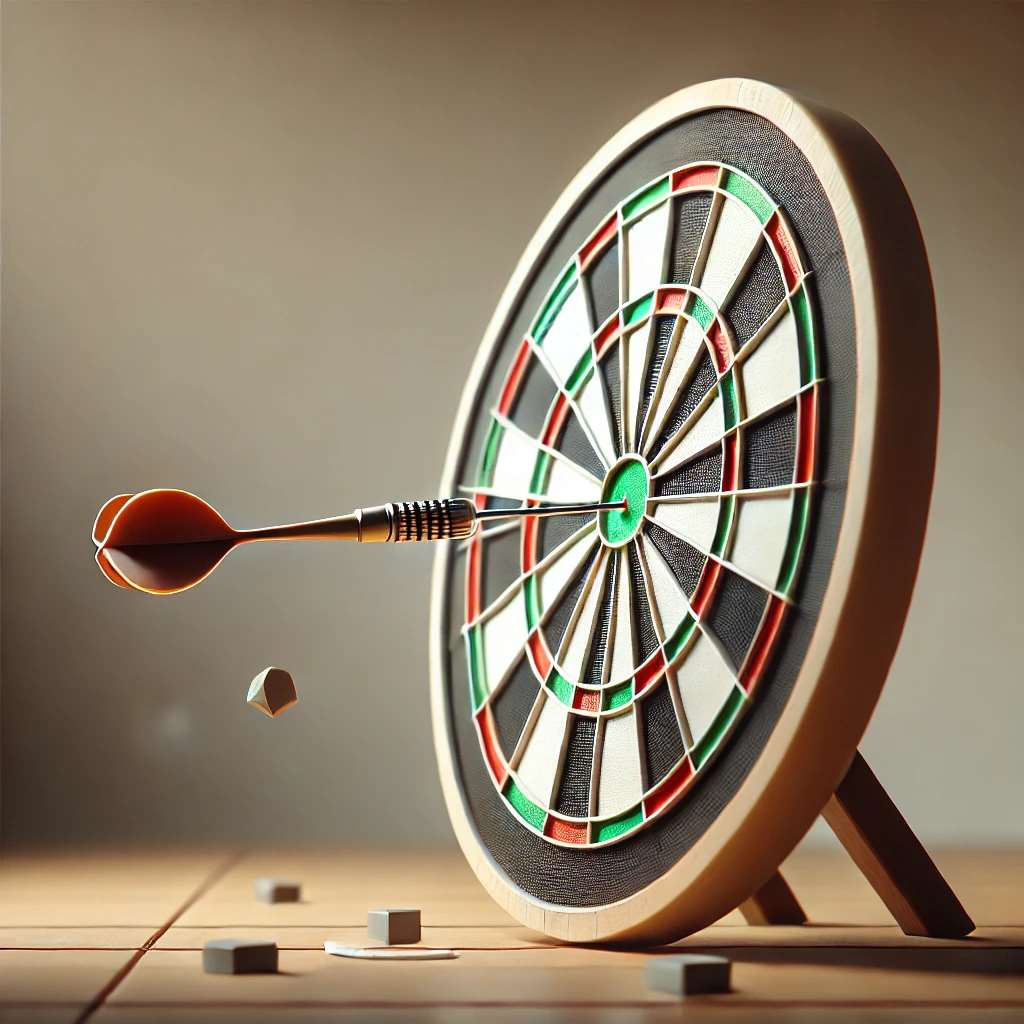
When choosing a method, consider factors such as the weight of your dartboard, the type of wall surface you have, and how often you plan to move the dartboard. A dartboard stand is generally the safest and most versatile option.
Choosing the Right Dartboard Setup
Beyond simply hanging the **dartboard without drilling**, ensuring a proper setup is crucial for both gameplay and safety. This includes the correct height and distance for throwing.
The official height for the center of the bullseye is 5 feet 8 inches (1.73 meters) from the floor. The throwing distance, measured from the face of the dartboard to the oche (throwing line), is 7 feet 9 1/4 inches (2.37 meters) for steel-tip darts and 8 feet (2.44 meters) for soft-tip darts. Maintaining these measurements ensures fair play and reduces the risk of injury.
Also, consider investing in a dartboard surround. This protects the wall around the dartboard from stray darts, keeping your wall damage-free regardless of your hanging method. Consider using a Dart Counter App (https://dartcounterapp.com/) for easy scorekeeping.
Understanding Dartboard Types and Materials
Dartboards come in various types, each with its own advantages and disadvantages.
- Bristle Dartboards: Made from tightly packed sisal fibers, bristle dartboards are the most common type used in professional play. They are self-healing, meaning the holes close up after the darts are removed. Regular dartboard pflege (maintenance) is important.
- Electronic Dartboards: These dartboards feature electronic scoring and are often made from plastic with small holes for soft-tip darts. They are great for beginners and casual players.
- Paper Dartboards: These are the cheapest option and are made from rolled paper. They are not very durable and are best suited for occasional use.
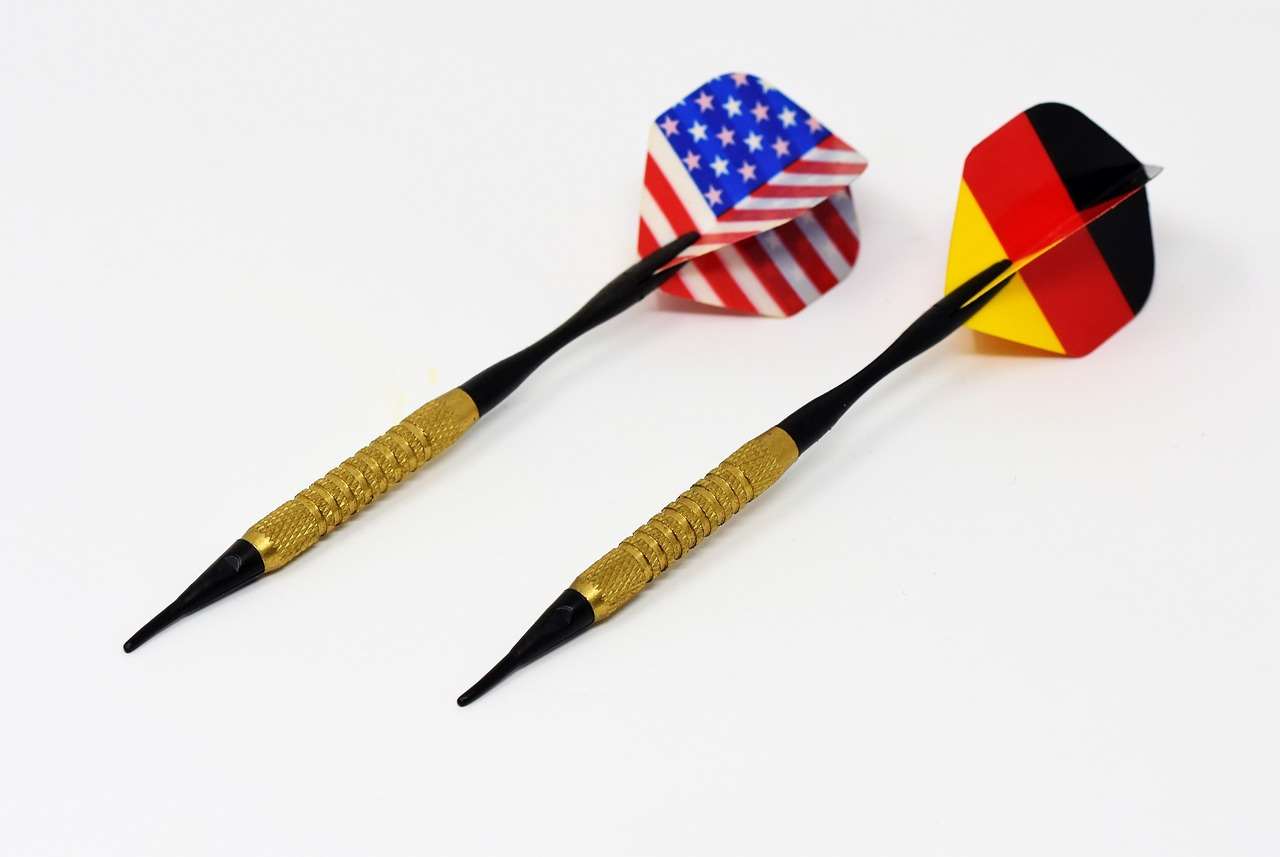
The material of the dartboard affects its durability, scoring accuracy, and overall playing experience. Bristle dartboards are generally considered the best choice for serious players due to their longevity and performance.
Essential Dartboard Accessories
To enhance your dart playing experience, consider investing in some essential accessories:
- Darts: Choose darts that are comfortable for you to hold and throw. Consider different weights, shaft lengths, and flight shapes to find what works best. Knowing the point length darts can be also helpful.
- Dartboard Surround: Protects your wall from stray darts.
- Oche (Throwing Line): A clearly marked throwing line ensures consistent distances.
- Dartboard Lighting: Provides even illumination of the dartboard for better visibility.
- Scoreboard: For keeping track of scores during games.
These accessories can significantly improve your dart playing experience and help you protect your walls and equipment.
Dartboard Safety Tips
Safety should always be a top priority when playing darts, regardless of your method for hanging a **dartboard without drilling** or any other method.
- Ensure adequate lighting: Proper lighting prevents shadows and improves visibility, reducing the risk of accidental injuries.
- Keep spectators at a safe distance: Make sure anyone watching is far enough away from the throwing area to avoid being hit by a dart.
- Never throw darts when someone is in front of the dartboard: This is a fundamental safety rule that should always be followed.
- Inspect darts regularly: Check for loose flights or damaged points. Repair or replace damaged darts to prevent them from bouncing out or causing injury.
By following these safety tips, you can enjoy a fun and safe dart playing experience.
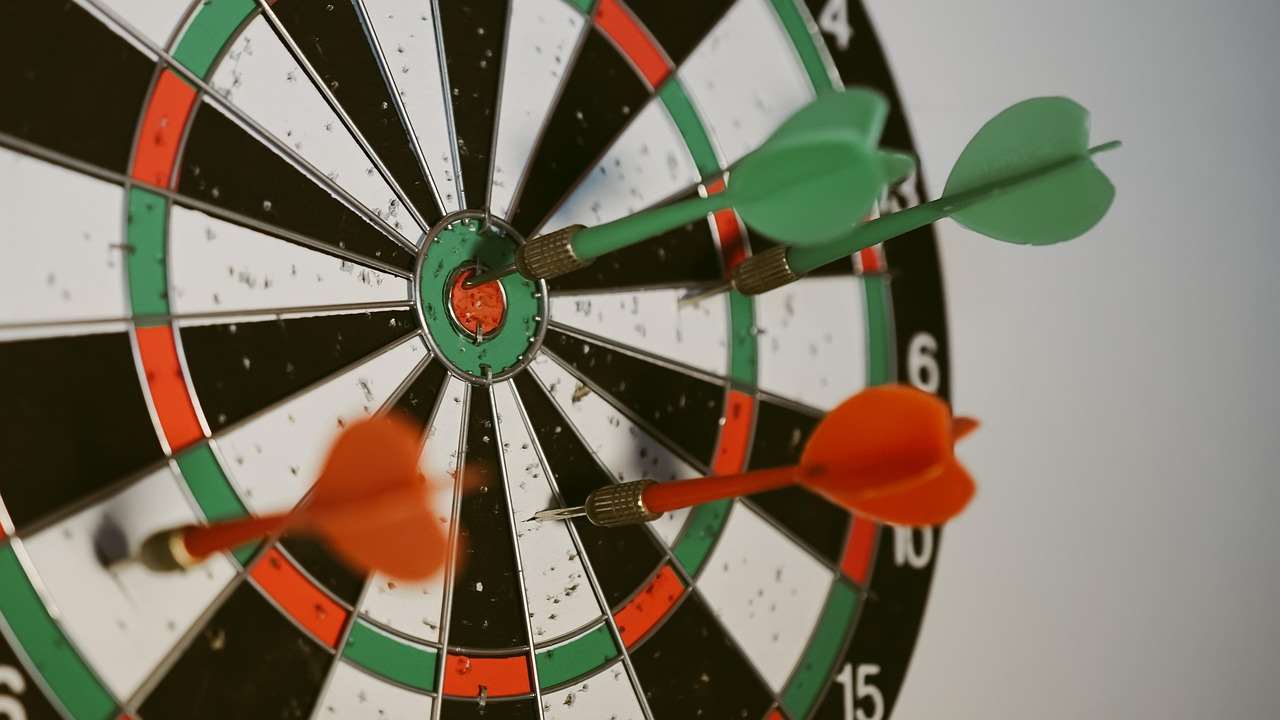
Dart Games: Beyond 501
While 501 is the most popular dart game, there are many other variations to explore. Expanding your repertoire can keep things interesting and challenge your skills.
- Cricket: A strategic game where players aim to close out numbers.
- Around the World: Players must hit each number on the dartboard in order.
- Shanghai: Players aim to score the highest possible score on a specific number.
- Killer: A game where players attempt to eliminate their opponents by hitting their designated number.
Learning new dart games can add variety and excitement to your dart playing sessions. You can also find many resources online that discuss topics like 9 dart finish list today.
Improving Your Dart Throwing Technique
Developing a consistent and accurate throwing technique is key to becoming a better dart player. Here are some tips to help you improve:
- Stance: Find a comfortable and balanced stance. Most players stand with one foot forward and their weight evenly distributed.
- Grip: Experiment with different grips to find one that feels natural and allows you to control the dart.
- Aiming: Focus on the target and use your dominant eye to aim.
- Release: Release the dart smoothly and consistently. Avoid jerky movements.
- Follow-through: Maintain your follow-through after releasing the dart. This helps to ensure accuracy and consistency.
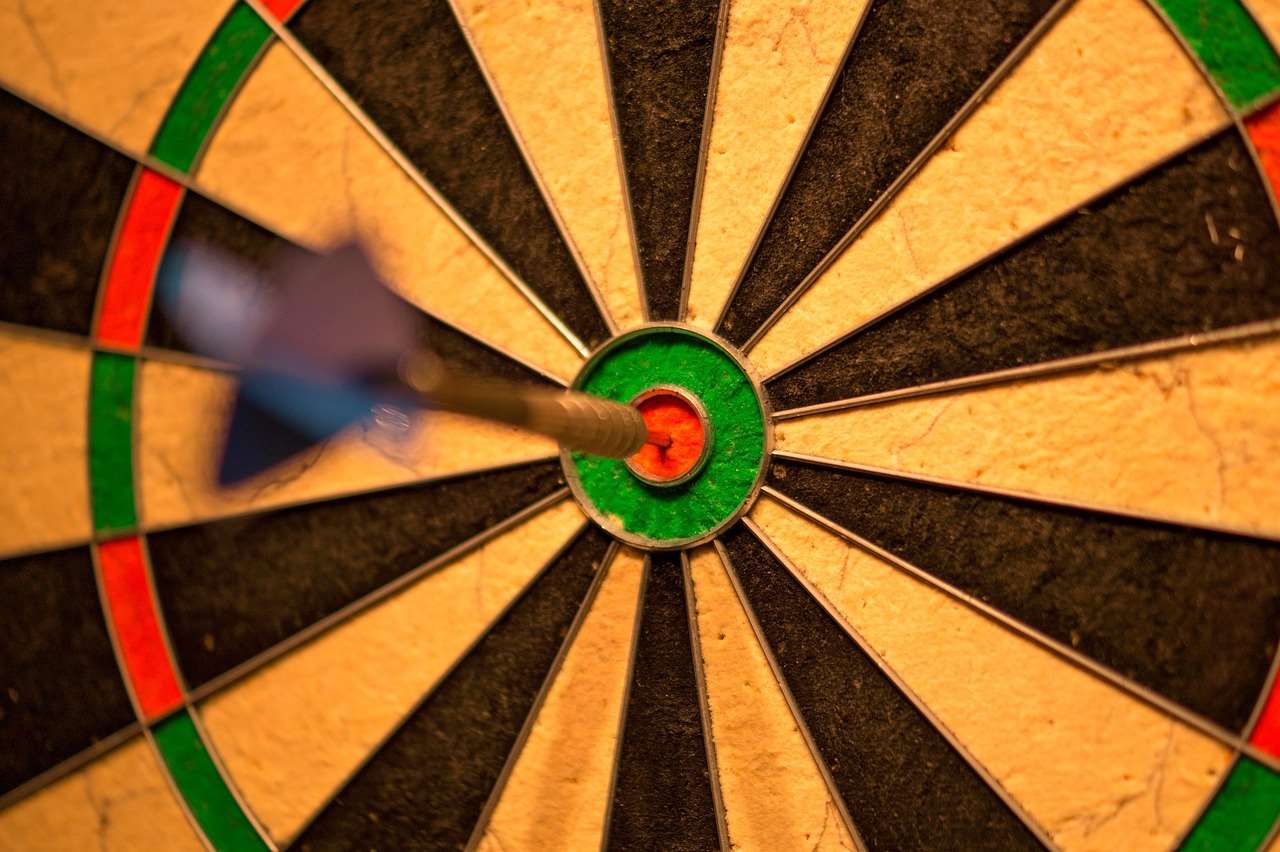
Practice is essential for improving your dart throwing technique. Regularly practice and focus on the fundamentals to see consistent improvement.
Troubleshooting Common Dartboard Problems
Even with proper care and maintenance, you may encounter some common dartboard problems.
- Darts bouncing out: This can be caused by dull dart points, a worn-out dartboard, or incorrect throwing technique.
- Dartboard falling off the wall: If you’re using an adhesive method, this could indicate the adhesive is not strong enough or the surface was not properly prepared. If you’re using a stand, make sure it’s stable.
- Wobbly dartboard: Adjust the leveling feet on your dartboard stand or use shims to level the dartboard if it’s mounted on a wall.
Addressing these problems promptly can help extend the life of your dartboard and ensure a more enjoyable playing experience. And remember, there’s always more to learn, such as why do darts players always look to the left.
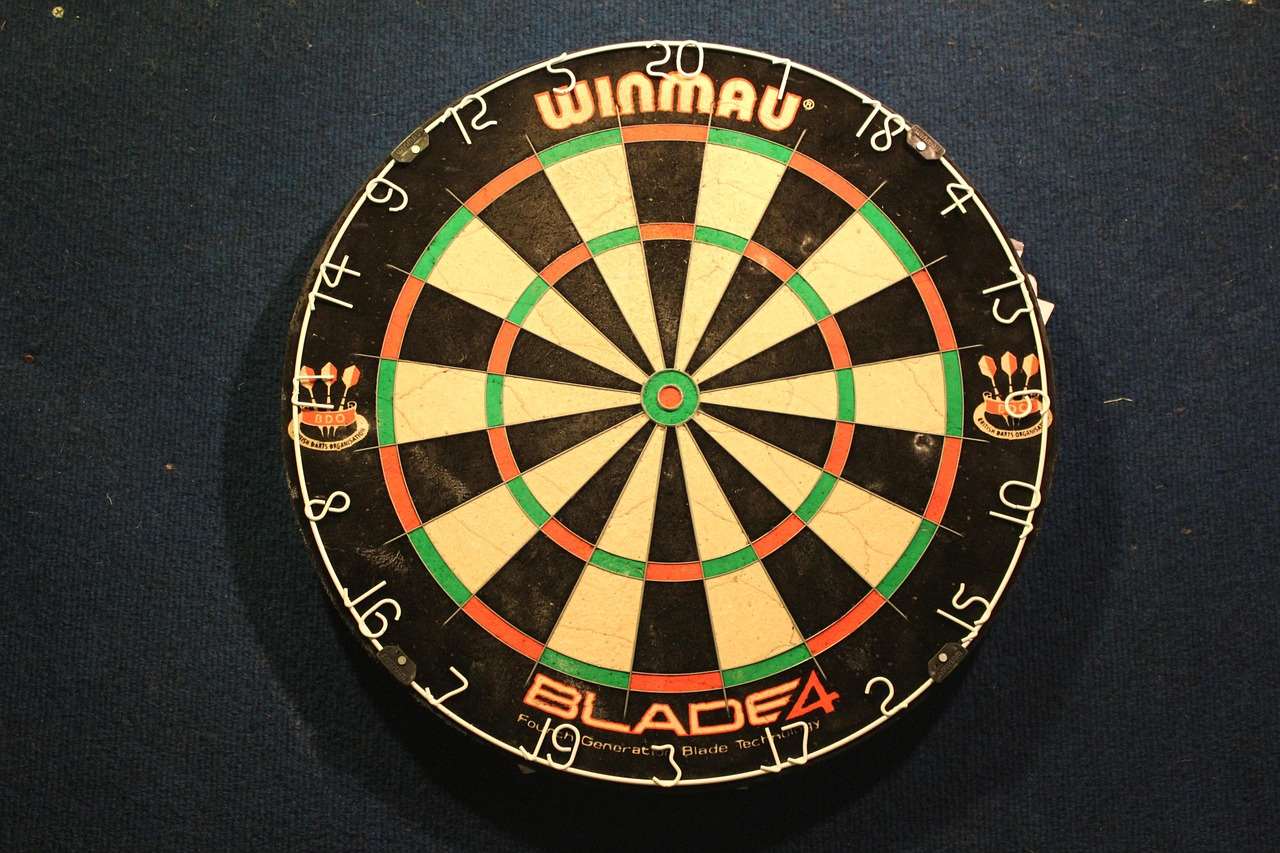
Maintaining Your Dartboard for Longevity
Proper maintenance is crucial to extending the life of your dartboard, especially for bristle dartboards.
- Rotate your dartboard regularly: This helps to distribute wear evenly across the surface and prevents excessive wear in specific areas.
- Remove loose fibers: Gently pluck out any loose fibers from the dartboard.
- Avoid excessive moisture: Keep your dartboard in a dry environment to prevent it from warping or deteriorating.
By following these maintenance tips, you can keep your dartboard in good condition for years to come. Even with a **dartboard without drilling** set up, proper care will maximize its lifespan.
Conclusion
Hanging a **dartboard without drilling** offers a convenient and damage-free solution for enjoying darts in your home. By utilizing dartboard stands, telescopic poles, or door-hanging brackets, you can avoid the hassle and potential damage associated with drilling. Remember to prioritize safety, choose the right accessories, and maintain your dartboard to ensure a long-lasting and enjoyable dart playing experience. Now, explore the different methods mentioned and find the best way to bring the fun of darts into your home, damage-free! Consider browsing unicorn dart counter options and set up your game today!
Hi, I’m Dieter, and I created Dartcounter (Dartcounterapp.com). My motivation wasn’t being a darts expert – quite the opposite! When I first started playing, I loved the game but found keeping accurate scores and tracking stats difficult and distracting.
I figured I couldn’t be the only one struggling with this. So, I decided to build a solution: an easy-to-use application that everyone, no matter their experience level, could use to manage scoring effortlessly.
My goal for Dartcounter was simple: let the app handle the numbers – the scoring, the averages, the stats, even checkout suggestions – so players could focus purely on their throw and enjoying the game. It began as a way to solve my own beginner’s problem, and I’m thrilled it has grown into a helpful tool for the wider darts community.